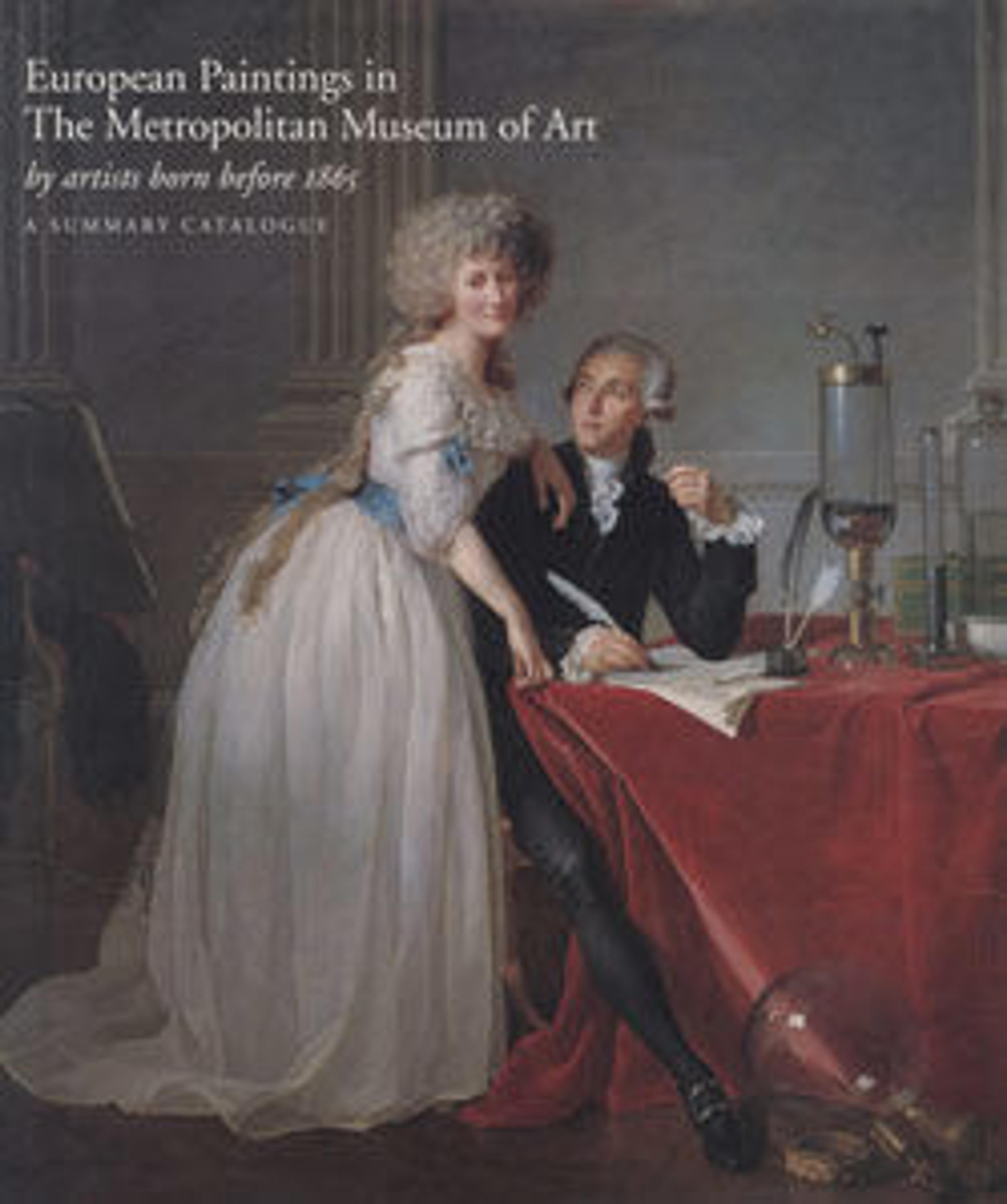Marine: The Waterspout
Courbet first witnessed a waterspout at Trouville, a village on the Channel Coast, in 1865 or 1866. This dramatic phenomenon, a tornado at sea, occurs when temperature differences in the air create a whirling spiral of wind and water. Courbet first painted the subject in 1866 (Philadelphia Museum of Art). The present picture features the cliffs of Étretat, as does a second, undated version of the composition (Musée des Beaux-Arts, Dijon).
Artwork Details
- Title:Marine: The Waterspout
- Artist:Gustave Courbet (French, Ornans 1819–1877 La Tour-de-Peilz)
- Date:1870
- Medium:Oil on canvas
- Dimensions:27 1/8 x 39 1/4 in. (68.9 x 99.7 cm)
- Classification:Paintings
- Credit Line:H. O. Havemeyer Collection, Gift of Horace Havemeyer, 1929
- Object Number:29.160.35
- Curatorial Department: European Paintings
More Artwork
Research Resources
The Met provides unparalleled resources for research and welcomes an international community of students and scholars. The Met's Open Access API is where creators and researchers can connect to the The Met collection. Open Access data and public domain images are available for unrestricted commercial and noncommercial use without permission or fee.
To request images under copyright and other restrictions, please use this Image Request form.
Feedback
We continue to research and examine historical and cultural context for objects in The Met collection. If you have comments or questions about this object record, please contact us using the form below. The Museum looks forward to receiving your comments.
